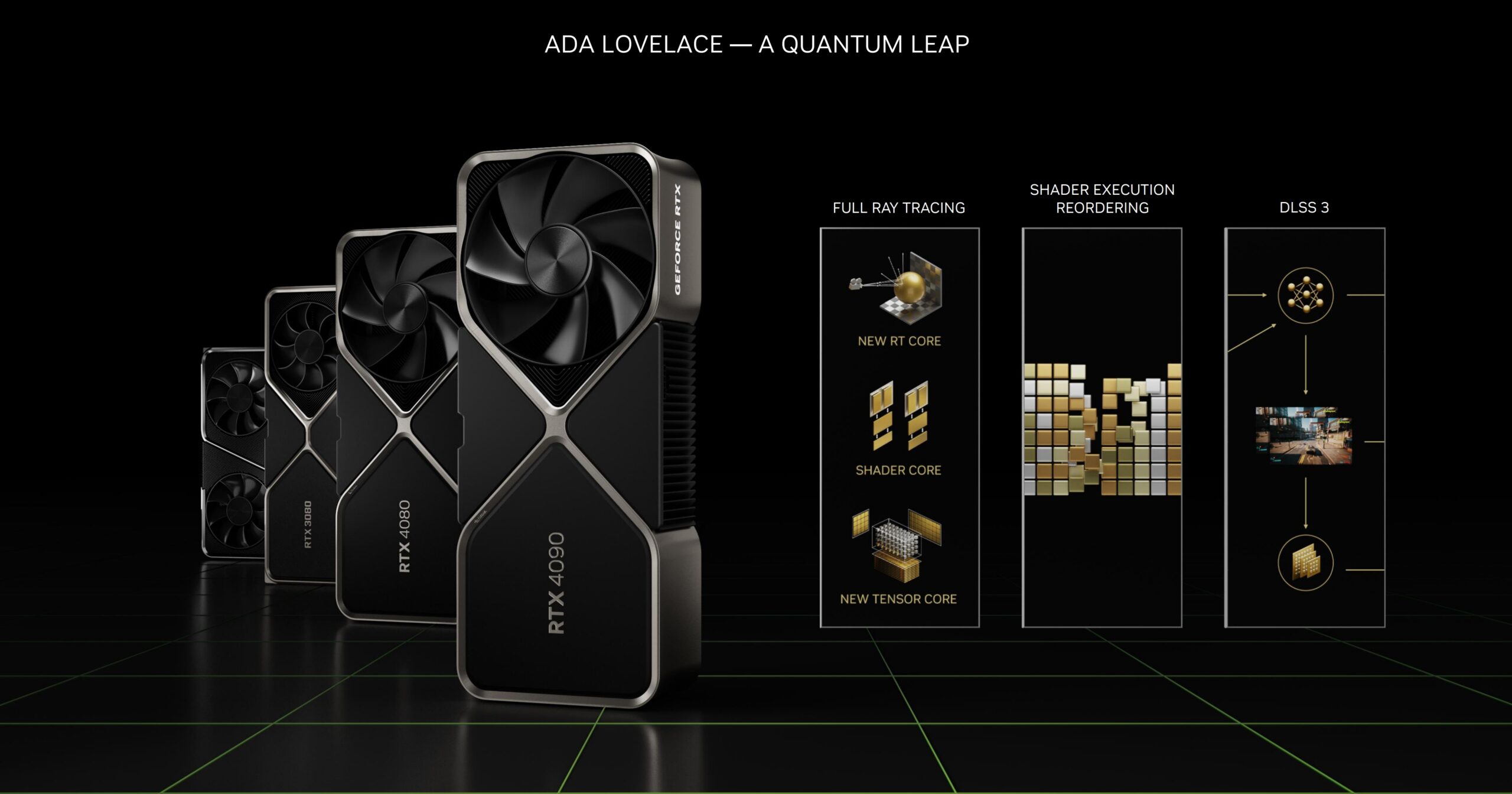Heartbreaker
Diamond Member
- Apr 3, 2006
- 5,229
- 6,855
- 136
How much larger are the RT cores than their typical shaders? At some point if we want to get serious about RT we're going to need cards that don't just pay lip-service to ray tracing and cover up the poor performance with fancy ups along features like DLSS or FSR.
I'm curious what kind of performance we could get if someone build a card that was built for RT and only had the minimum necessary hardware units for raster functionality.
The more RT effects, the more shader performance you also need. RT HW just calculates the intersections quickly. The shading is still done by shaders.



